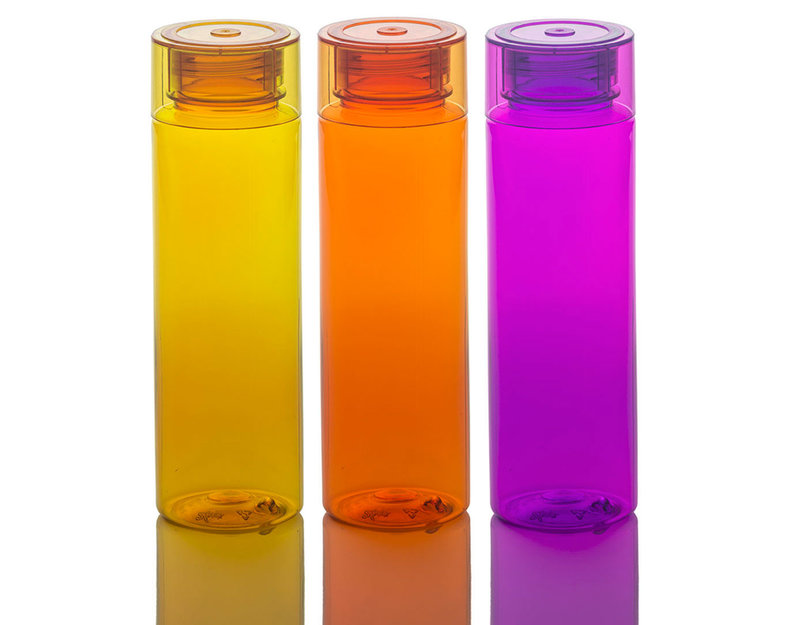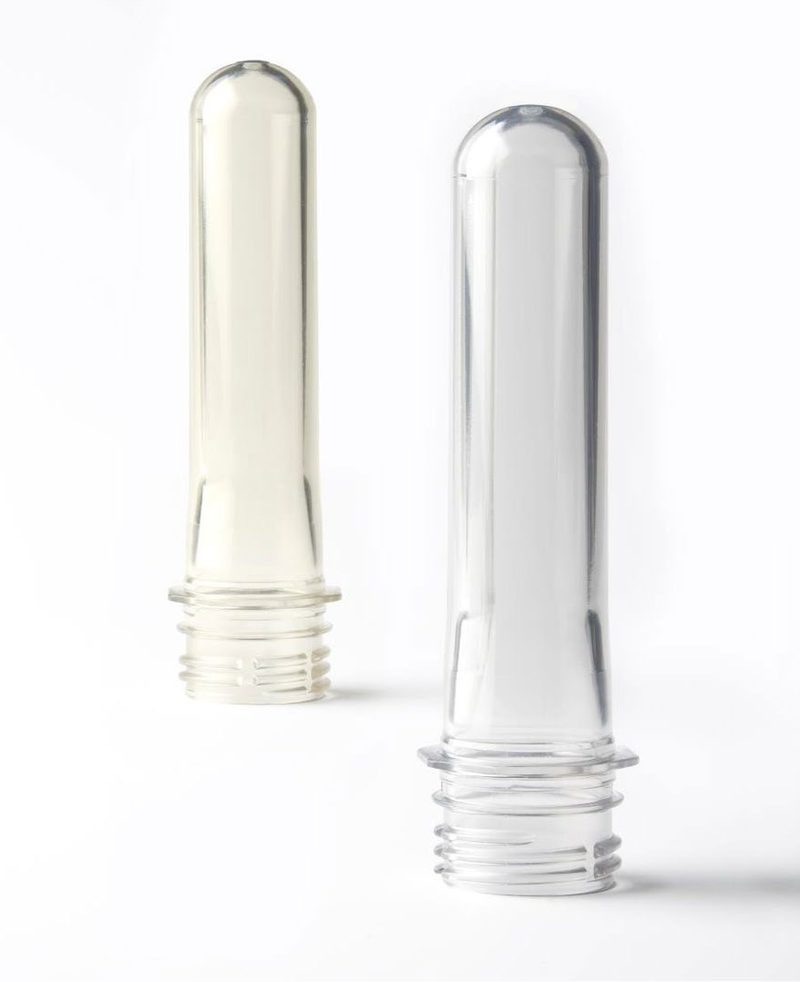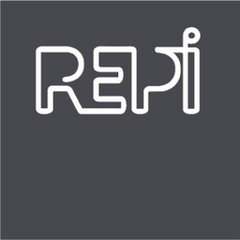Company Insight
Sponsored by REPI
Jumping into 2021 with renewed energy and focus on what “delivering the circular economy” means
New packaging solutions are among the key issues in a world that is confronted with huge amounts of plastic waste every day.
Mid-range One-Step Injection Stretch Blow Molding Machine – ASB-70DPH
2020 is over, the new year has been invoked so much and by so many countries around the world… and now? Unfortunately, the pandemic seems to have made it through the year without problems and seems to continue to bother us and affect our lives. But…but the resources called upon, at all levels, by the struggle against Covid will be lethal, this time for the Virus itself. This is what we hope most, and according to The Economist, we have chance that “the decade could yet roar”. “Today a dawn of technological optimism is breaking …prominent breakthroughs, a tech investment boom and the adoption of digital technologies during the pandemic are combining to raise hopes of a new era of progress: optimists giddily predict a “roaring Twenties” “ (Source The Economist – Jan 16th 2021). There is a realistic possibility of a new era of innovation that could lift living standards. Technology and safety, two keywords defining consumers behaviours.
Enabling Customer to Innovate Faster
Die-cutting is a piece in the complete supply chain of a final product. But nor the less it decides significantly about success. What die-cutting solution you choose decides about appearance of the product, sustainability, quality as well as efficiency.
Over the last few years, BERHALTER has reacted continuously and highly flexible to increase market demands and has introduced a number of innovations to the market. Alongside its capacity for constant innovation, BERHALTER is synonymous with the production of efficient and customer-oriented die-cutting systems. We specialise in the manufacturing of user-friendly but high productive die-cutting machines.
From leading the world market to a new field
If we talk of safety, plastics and packaging pop up. In such an emergency contingency, plastics have proved once more to be the most reliable and affordable solution for personal protection. The pandemic has challenged everyone’s lifestyle, habits, and daily life, even of those who are fighting for a reduction when not a ban of plastics. Many sustainability-conscious people found themselves choosing single-use plastic items, such as disposable wipes and sanitary protective devices, but also plastic bottles containing hand sanitisers up to takeaway food containers and single serve drinks packaging.
The pay off between food, safety and low carbon emphasises the need for innovation.

Just a small selection of the more than 20 resin types moldable by ASB's one-step ISBM machinesJust a small selection of the more than 20 resin types moldable by ASB's one-step ISBM machines
If we look at the world consumption rates of 2020, single use packaging is at a record high from north to south and this will last for a while, together with the demand of plastic disposable wipes, gloves, masks, etc.
This increase is challenging a lot the collection and recycling systems, which however are demonstrating to be resilient, keeping up.
In such a context the best think we can hope for, is to take the opportunity to keep pushing the development of a circular economy of which of course plastics recycling is the best example. Now more than ever the solution seems not to be the elimination of plastics, but a systems-level approach on a global scale to improve collection and recycling.
Let us remain on the concept of “circular economy”. Reaching a “circular economy” means structuring economies on the virtuous closed loop of make – use – recycle in which every product is designed to be used and then disposed leaving no traces, it means being re-used to generate other products and so on.
All good so far but is this really the full picture? I mean if we recall the primary goal of a circular economy, that is to cut CO2 emissions as main cause of global warming, then the carbon footprint contribution of our activities should be the main driver. Instead, some solutions emerging and defined as 100% recyclable produce actually higher CO2 emissions than what they are replacing and can’t therefore be sustainable for the future.
Looking at the single use packaging sector, plastic packaging is the most attacked material and, as a consequence, we see a shift to other materials that are not automatically more Carbon footprint friendly than plastics. This is often an emotional answer to social media attacks that could be even more harmful from a system point of view. As an example, replacing a PET bottle with a glass one, is not the solution. Glass is defined as 100% recyclable and therefore eco-friendly. A consumer might not realize, however that to produce and recycle that glass bottle a huge quantity of energy will be required (melting process goes to temperatures as high as 1500 °C). On top, logistics costs related to collection, transportation to the recycling site and then all the way back to the market again will have much more negative impact compared with a bottle made of PET.
What if we try to let consumers learn what’s behind a packaging and why plastics in packaging have become so successful worldwide. The current health emergency is showing one of their unparallel advantages offered to consumers: safety. But plastic packaging does offer much more: light weight, a PET bottle is lighter than any other packaging and therefore consumers can practically carry their on-the-go snacks and drinks while commuting to job; moreover it hardly breaks and its logistic is agile and safe all over the world; lastly plastics are highly recyclable (and recycled already) to enter the packaging value chain again or to be used for a number of other applications, not of lower value (textiles as an example).
Coming now to the Carbon Footprint contribution, plastic packaging helps reduce CO2 emissions, especially when it involves recycling. A PET bottle made of 50% r-PET has a lower environmental impact than a tin can or a glass bottle (be it single use and reusable), which is the least environmental unit.
Having said that, there are ways to make a plastic packaging even more sustainable. One way can be choosing additives and colours that add performance and aesthetics while having negligible impact on its recyclability.

Just a small selection of the more than 20 resin types moldable by ASB's one-step ISBM machinesJust a small selection of the more than 20 resin types moldable by ASB's one-step ISBM machines
This is at the basis of the REFIT concept. REPI as a global colour and additive solutions supplier to the packaging industry is strongly promoting its vision on circular economy, by adding a 4th “R” to the three well known: reducing, reusing, recycling… REFITting.
REFIT means having an all-round approach to Carbon Footprint contribution.
Protagonist is the liquid colour and additive technology that can be defined as a low Carbon footprint technology. Why? A few main reasons can be found:
- Process - the manufacturing process of a liquid colour/additive is energy efficient since no high temperatures are needed to blend carriers (that are already liquid) with pigments or dyes. Regardless from the specific production cycle, all processes happen at room temperature.
- Logistics – the high concentration of liquids leads to less space needed for transport and therefore significant CO2 saving
- Stockage of liquids at the customer’s site is highly space efficient, reducing space needed in warehouse.
Now, coming to products, REFIT comprises additives and colours that are dedicated to plastic recycling and offer a broad-spectrum support in the form of aesthetics enhancers and mechanical boosters: Anti Yellow (AY) additives and IV-Enhancers.
The colour of r-PET varies a lot from supplier to supplier (and even from one batch to the other) and depending on the ratio of recycled PET used, the result can be anything from grey or pale yellow, to blue or greenish. The more recycled content the bottle has, the darker the end colour will appear. The Anti Yellow range comprises different liquid additives able to balance the appearance of variations in material, to regain brightness, and correct a greenish or greyish tone.


Just a small selection of the more than 20 resin types moldable by ASB's one-step ISBM machinesJust a small selection of the more than 20 resin types moldable by ASB's one-step ISBM machines
Mechanical challenges, instead, include a drop of the Intrinsic Viscosity (IV) when using recycled PET. This happens because PET, after several production cycles, due to degradation, shows a reduction in the molecular weight: its chains are shorter, and the final product is mechanically weaker. REPI’s IV Enhancer combine shorter molecular chain to longer ones, thus increasing the IV of the material.
Besides additives, colours can also come to the rescue. When a very dark r-PET is used and an Anti-Yellow additive is not enough, corrections through colour may be crucial. REPI’s Fumè colour range is made of shades like ambers, light blues, greens or greys, that are used at very low dosages (as low as 0,05%) so not to impact the recycling stream.

Just a small selection of the more than 20 resin types moldable by ASB's one-step ISBM machinesJust a small selection of the more than 20 resin types moldable by ASB's one-step ISBM machines
The entire value chain of plastic packaging has been working hard and constantly for many years on making plastic recyclable and recycled.
Now more than ever, cooperation and constructive approaches are crucial.
So, instead of blaming one packaging solution against the other, let us prepare for the “roaring 20s” with renewed energy and focus on what “delivering the circular economy” means, without forgetting the carbon footprint impact of our choices.
This is the only way to get to structured solutions, that will be effective and positive in the long run.
